Whale Album: Giants of the Deep
Paikea, the Whale Rider
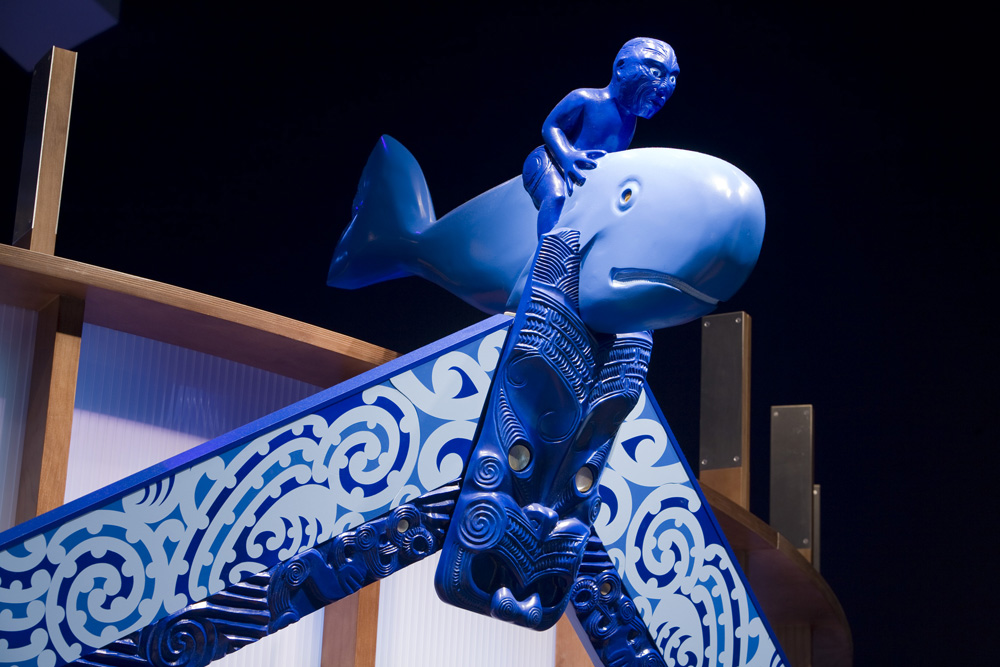
Atop the replica maihi (carved barge boards) from the Whitireia wharenui (meeting house) on the East Coast of New Zealand is Paikea, the famous whale-riding ancestor of the local Māori tribe. According to Maori legend, the hero was rescued at sea by a whale named Paikea, who carried him to the coastline of New Zealand. To honor his rescuer, the human hero assumed the whale’s name.
Whale flipper
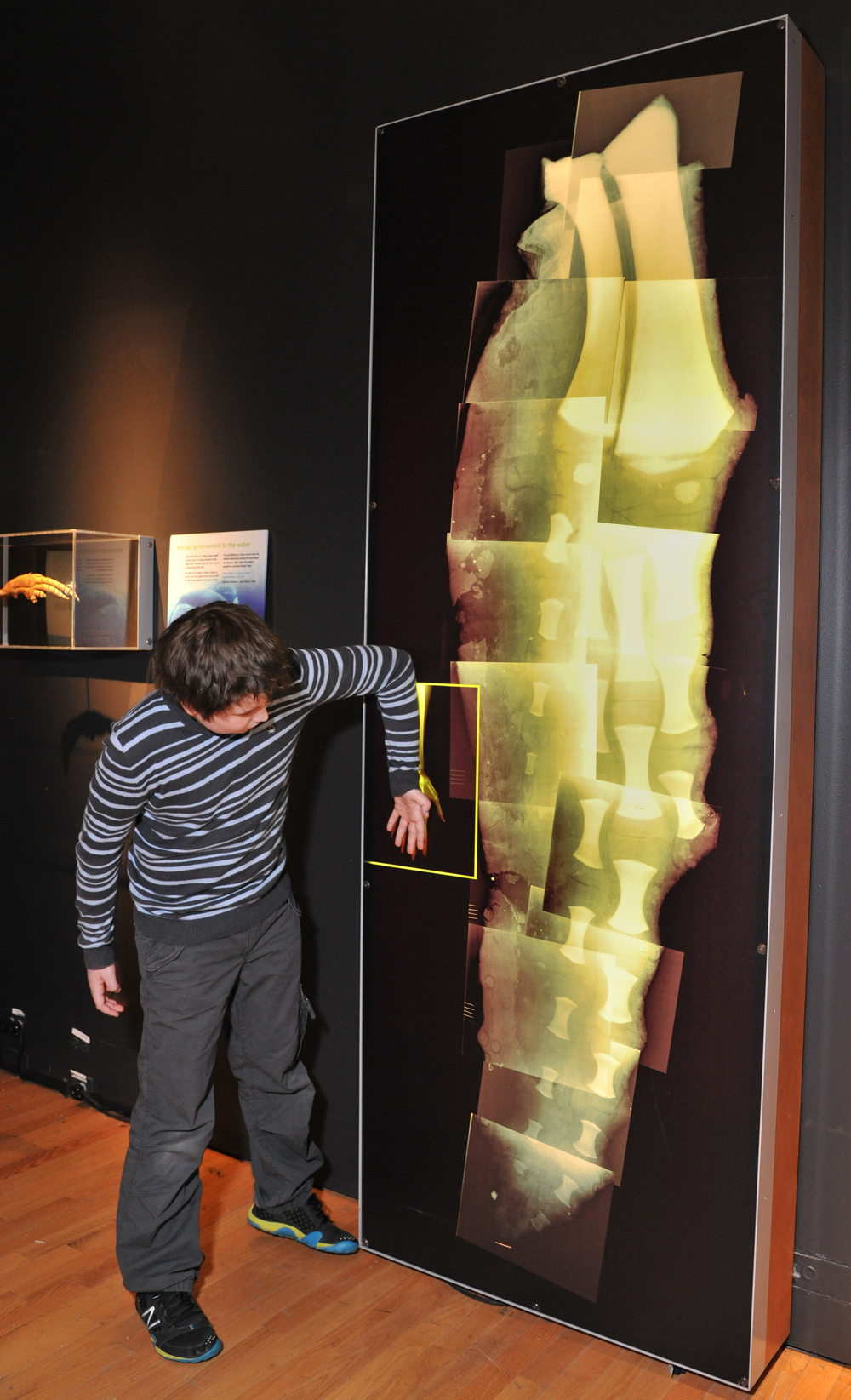
Visitors can compare a life-size x-ray of a young humpback whale flipper and the x-ray of a human hand in the Whales exhibition.
Whale Trail station

Visitors can complete whale-related activities at one of the Whale Trail kids’ stations.
Search and Destroy
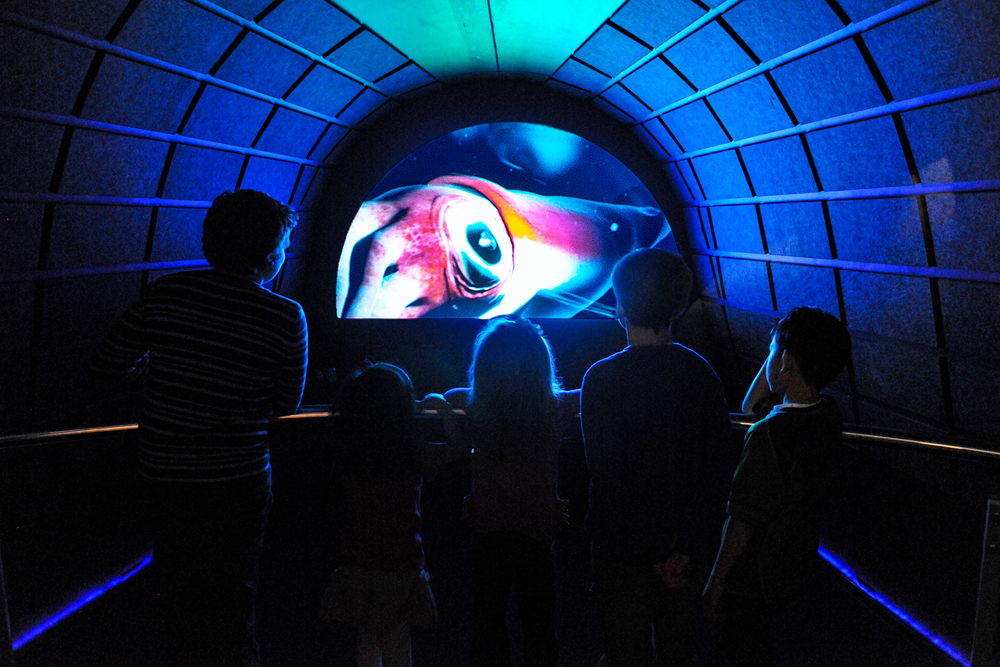
The “Search and Destroy” theater gives visitors the chance to take a virtual dive with a sperm whale as it hunts for a giant squid. The experience is based on scientific data taken from digital tags placed on sperm whales, which record movement, speed, directions, and sound while the whale is swimming, diving, and feeding.
History of whaling
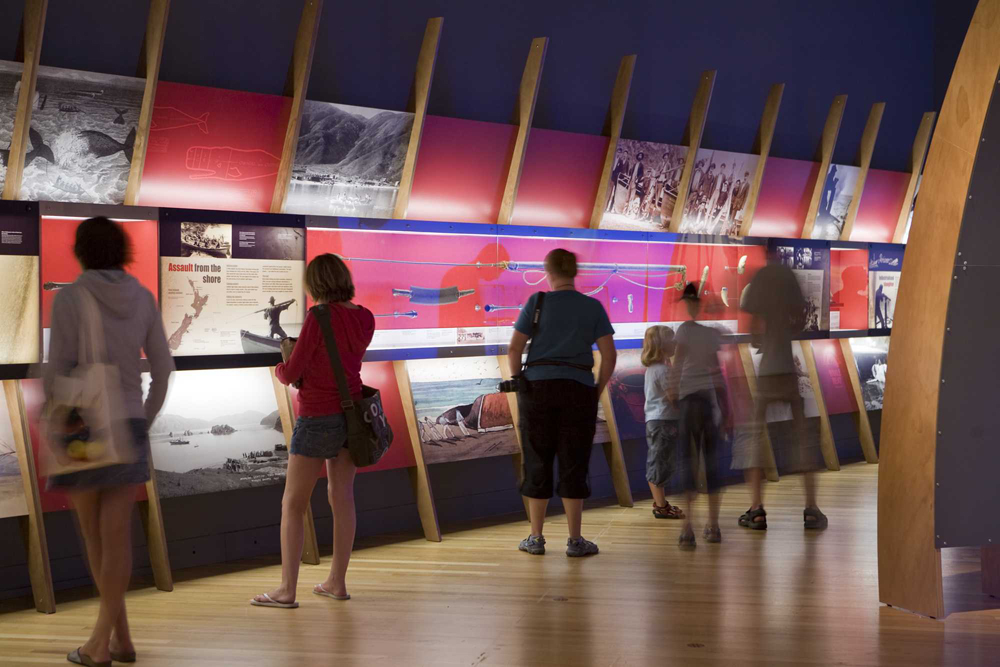
Visitors can engage with a large-scale timeline of the history of whaling in New Zealand, which includes arresting images and a range of objects.
Whaling logbook

This logbook contains an account of two whaling voyages held from 1830 to 1833 on the William Rotch, of New Bedford, Massachusetts: one to the South Atlantic Ocean, and another to Japan, Hawaii and the Society Islands in the Pacific Ocean. Drawings mark the days when sailors spotted whales.
Whaling
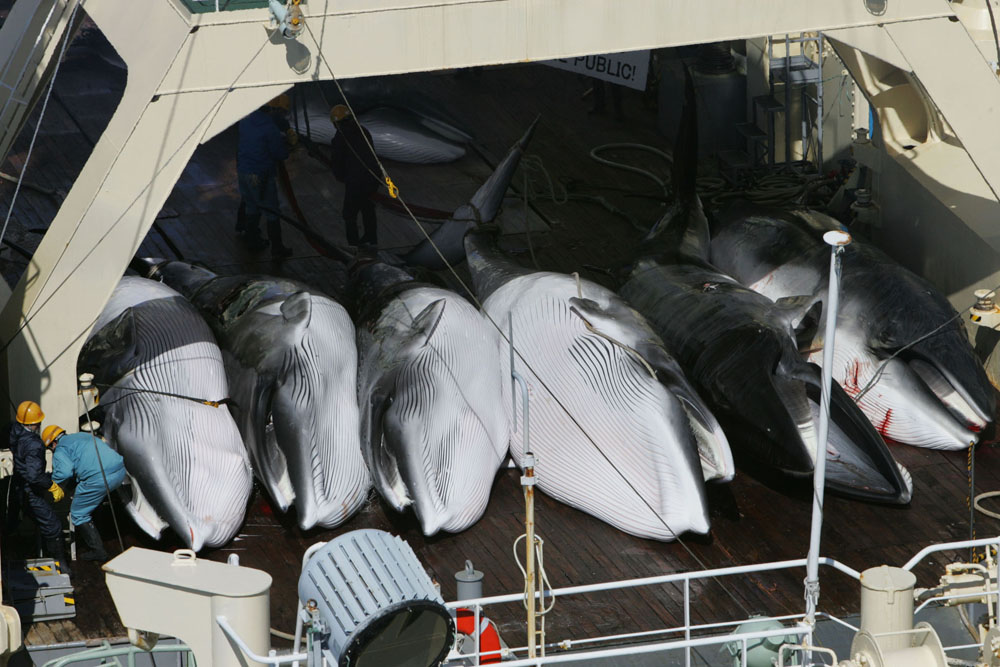
These whales were caught in the Southern Ocean by a Japanese whaling ship, witnessed by Greenpeace on December 21, 2005.
Get the world’s most fascinating discoveries delivered straight to your inbox.
Sperm whale skeletons

These two articulated skeletons are female (front) and male (back) sperm whales — the largest toothed predators on earth. The male sperm whale shown here measures 58 feet long, about the length of one and a half school busses.
Whale Songs

The ability to produce and perceive sound is important for whales — to navigate, find food, and communicate. Many toothed whales also use echolocation to hunt their prey. Baleen whales use low-frequency sound to communicate, sometimes over extremely long distances. Within the exhibition, visitors can tune in to the voices of eight different cetacean species. Different kinds of whales make different sounds — throaty rumbles, melodious phrases, squeaks, whistles, clicks, and buzzes.
Echolocation diagram

Toothed whales often hunt their prey by sending out high-frequency clicks and listening for echoes as they bounce back from objects. This navigation system is called echolocation. The diagram shows how a sperm whale produces and receives sound.



